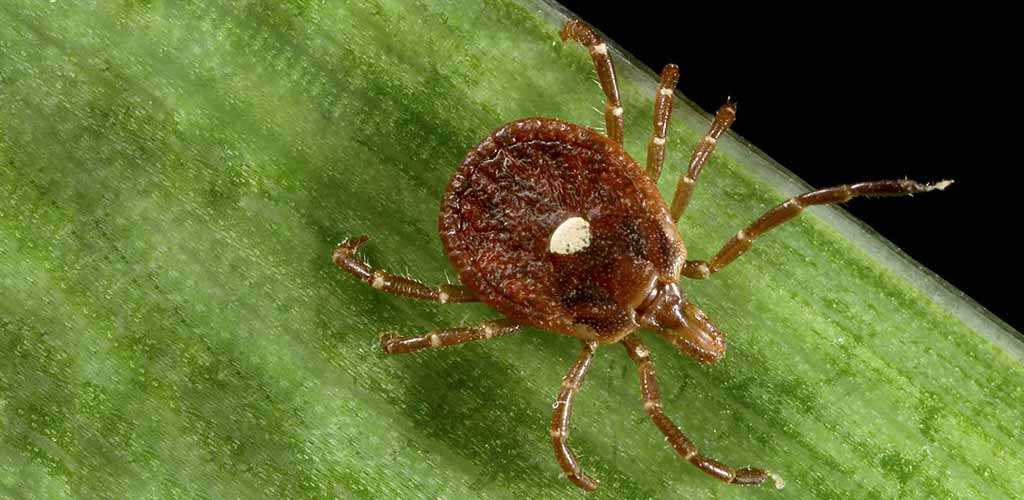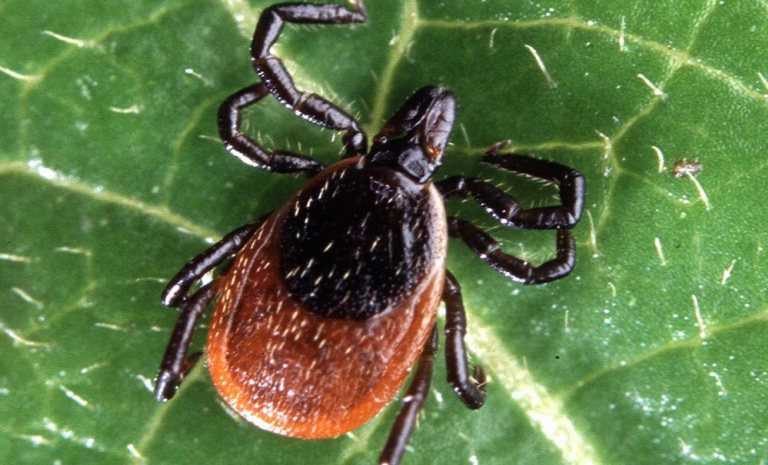Types of Ticks in North America
Over the past few years media reports of ticks and tick borne illnesses have continually increased. Reading and hearing these stories makes most people want to know what types of ticks live near by. However before getting into the details of where to find various types of ticks you should be able to answer the question: what are ticks?
Ticks are actually not insects, they are considered parasitic arachnids. Arachnids are invertebrates that have eight legs such as spiders and scorpions. Insects in comparison have six legs. Another odd bit of information on ticks is whats called a ‘false head’. When looking at a tick the area that seems to be their head is actually their mouth. At this point these creatures get even weirder… Their mouth is deigned more like a mosquito then a spider. Ticks do not bit, they cut into the skin, inject various anticoagulants, anti-inflammatory, and other chemicals to increase blood flow that they then drink. This word picture alone makes us want to keep these nasty pests as far away as possible.
To make sure we keep them away it necessary to know what you’re looking for. Below are the most common types of ticks in North America along with regions in which they are found.
Blacklegged Tick
Scientific name: Ixodes scapularis This tick is most often referred to as the Deer tick and is the primary source of Lyme Disease in the American northeast, mid-atlantic, and north-central United States. On the Pacific Coast a related species, the western Blacklegged tick spreads Lyme. The Blacklegged tick also carries human babesiosis, and human granulocytic anaplasmosis.
Adult blacklegged tick
The Blacklegged tick can be found in areas that have a high white tail deer population. This positions the tick from north east Mexico to southern Canada and west to Minnesota and Iowa..
Brown Dog Tick
Scientific Name: Rhipicephalus sanguineus Latreille The Brown Dog Tick is know to carry canine ehrlichiosis, canine babesiosis, and at times rocky mountain spotted fever. This tick has world wide distribution and is known to live in doors. The ability to live in doors makes the Brown Dog tick able to colonize a home if not exterminated.
Lone Star Tick
Scientific Name: Amblyomma americanum The Lone Star tick has been linked to ehrlichiosis, rickettsiosis, tularemia, and theileriosis. This ticks range includes Mexico up to Nebraska and the entire US east coast. In recent years the Lone Star ticks range has extended north into southern Canada.
American Dog Tick
Scientific Name: Dermacentor variabilis The American Dog tick is known to carry rocky mountain spotted fever and tularemia. Its range extends from southern Texas to southern Canada and the entire eastern US.
Western Blacklegged Tick
Scientific Name: Ixodes pacificus The Western Blacklegged tick is believed to have brought Lyme disease to California, along with borrelia miyamotoi. This tick can be found along the western coast of North America from northern Mexico to southern Canada.
Gulf Coast Tick
Scientific Name: Amblyomma maculatum The Gulf Coast tick is found throughout warmer parts of the Americas including the Caribbean Islands. This tick has been associated with rickettsiosis, canine hepatozoonosis, leptospirosis, heartwater, and tick paralysis.
Winter Tick
Scientific Name: Dermacentor albipictus The Winter tick is generally not associated with any organisms dangerous to human health. It can be found throughout North America. Its range extends from Alaska and the Yukon Territory in the north west to eastern Maine. It has even been reported along the Mexican border in the south. Throughout its range the tick is generally found in areas with Moose and Elk.
Now that you know the most common types of ticks found in North America learn how to protect yourself, kids, dog and yard with Natural tick repellents. After that check out our Tick Management Action Plan.
If your fighting cockroaches then you will want to read “What Smells Repel Cockroaches?”
You might also be interested in “How to apply diatomaceous earth“? or Natural Tick Repellent for Dogs or “What Eats Mosquitoes“?

